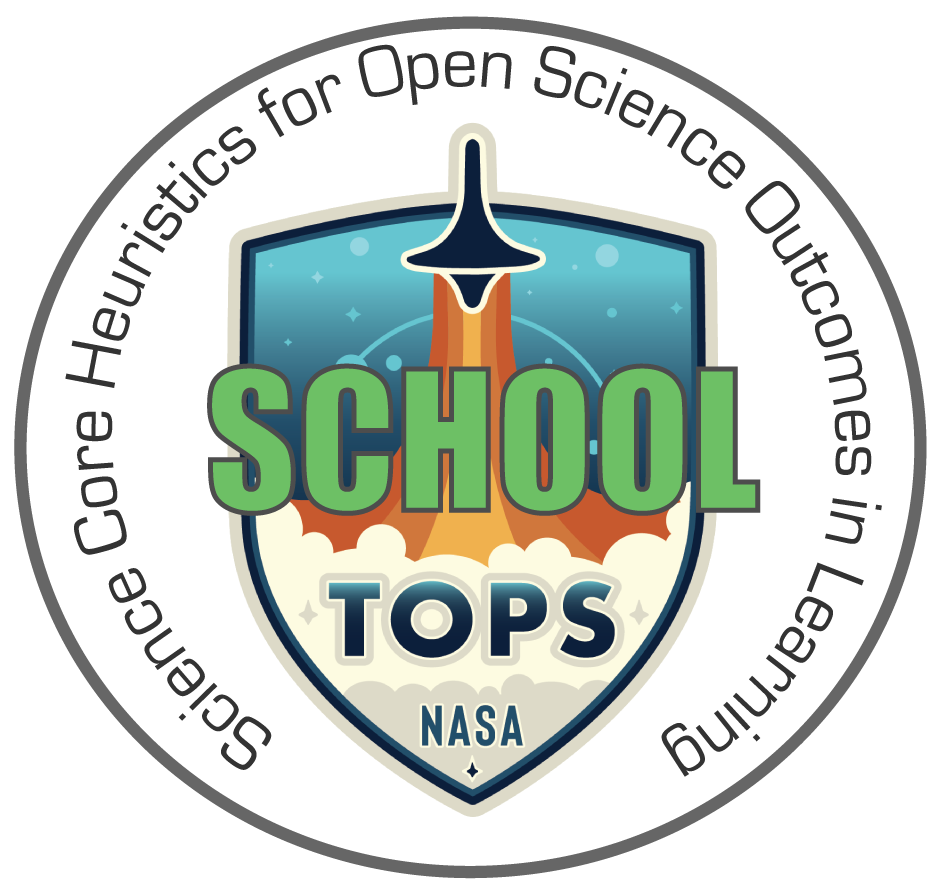title: “Welcome SCHOOL Module 1: Water” output: html¶

Welcome to the first module of the SCHOOL curriculum!
The Science Core Heuristics for Open Science Outcomes in Learning (SCHOOL) is part of the NASA Transform to Open Science (TOPS) Training (TOPST) initiative, designed to teach the data science lifecycle using data from the NASA Earth Sciences division and to foster an inclusive culture of open science. You can learn more about the SCHOOL Project and other modules on the SCHOOL Project home page.
The first SCHOOL module on the theme of “Water and related-resources” explores how the water cycle impacts humans and how they are affected by the changes. The module consists of three use cases that cover examples of water use, safety, and anomalies such as droughts and floods. Each use case uses a unique dataset to walk users through lessons in accessing and analyzing data, and further adapting the code to perform their analyses including data cleaning, processing to subset to an area of interest, and creating visualizations to share what they have learned with their communities.
This module is tailored to instruct undergraduate students and early-career researchers with some coding language exposure about the data science life cycle, illustrating how Open Science principles can be effectively applied to earth sciences, particularly in the context of water.
The SCHOOL Modules do not intend to teach all-encompassing earth science lessons nor provide learners with total coding expertise. Instead, the SCHOOL Project aims to provide users with the skills to adapt the SCHOOL lessons to the users’ own Open Science workflow. To learn more about Open Science, explore NASA’s TOPS Open Science 101 Curriculum. To explore other themes in the SCHOOL project, visit our Modules Page.
Module 1: Water datasets and use cases cover:
- Module 1 Water Prerequisites and Glossary: General information on the prerequisites needed to maximize the usefulness of this lesson, as well as a glossary of terms than can be found throughout the module.
- Water Security Indicator Model - Global Land Data Assimilation System (WSIM-GLDAS): Exploring water anomalies using a historical dataset.
- Moderate Resolution Imaging Spectroradiometer (MODIS) Near Real-Time (NRT) flood data: Lessons in data acquisition and analysis of recent water anomalies.
- Lead in New York State Schools: Exploring lead contamination data and US Census data and lessons in data cleaning and visualization, with a discerning eye towards data limitations.
This course was made possible thanks to the work of our NASA Transform to Open Science (TOPS) team, our SCHOOL Open Science team, open science Subject Matter Experts (SMEs), and the SCHOOL Development team!